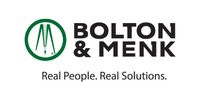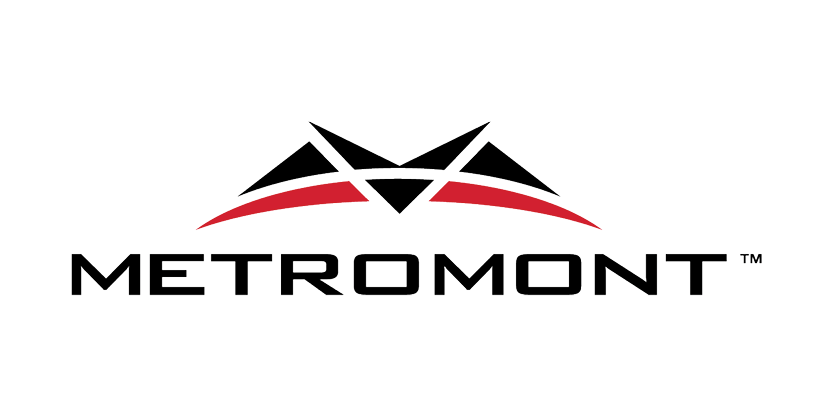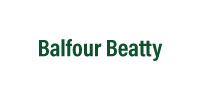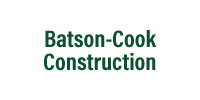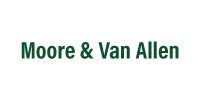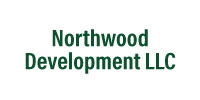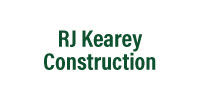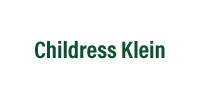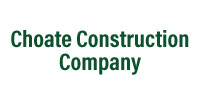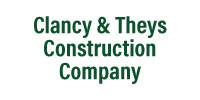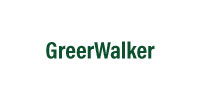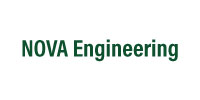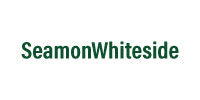Originally published on April 20, 2021, by Erin Goff for NAIOP.
Colorado legislators are poised to introduce what is being referred to by proponents as the “Energy Performance in Buildings Act of 2021.” The draft bill, which mandates energy benchmarking and performance standards, requires owners of most commercial, multifamily and public buildings over 50,000 square feet to collect and report the building’s energy use to the Colorado Energy Office (CEO). The building will then be given an Energy Star score compared to other buildings. By 2026, owners of buildings that do not meet a certain score must make improvements that lead to a 15-point Energy Star score increase, a 15% energy use intensity reduction, or other options. Failure to reach energy reduction mandates will result in hefty civil penalties for commercial and multifamily building owners. Buildings exempt from the penalty provision include buildings owned by the state, municipalities, counties, special districts, school districts and state institutions of higher education.








 Thank you to everyone who came out yesterday for the NAIOP Charlotte & CRCBR Spring Golf event at Providence Country Club. Congratulations to all of our tournament winners - and to Todd Akers for sinking a hole in one!
Thank you to everyone who came out yesterday for the NAIOP Charlotte & CRCBR Spring Golf event at Providence Country Club. Congratulations to all of our tournament winners - and to Todd Akers for sinking a hole in one! 


